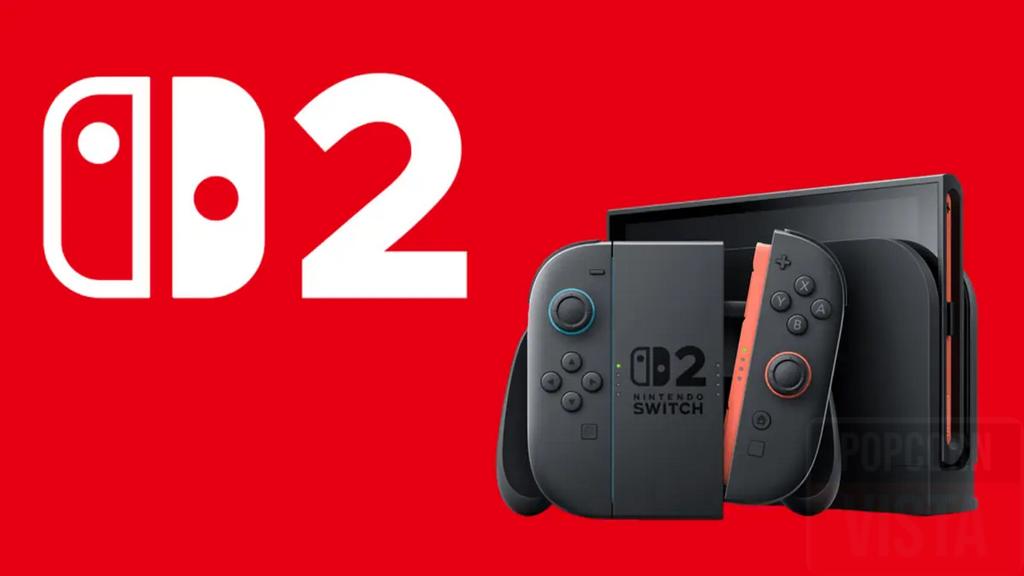The Nintendo Switch 2 has gamers buzzing with anticipation, but a sudden twist has left U.S. fans waiting longer than expected. Originally slated for April 9, 2025, pre-orders in the U.S. have been delayed, and the culprit? Tariffs. Specifically, new trade policies under the Trump administration have forced Nintendo to hit pause. However, the June 5, 2025, launch date remains firm. So, what’s happening behind the scenes? Let’s break it down and explore how this delay could impact fans, pricing, and the gaming landscape.
Why the Pre-Order Delay? Tariffs Take Center Stage
First and foremost, the delay stems from economic pressures. On April 2, 2025, Nintendo unveiled the Switch 2 with a $449.99 price tag, only for sweeping tariffs to be announced hours later. Consequently, these tariffs—hitting countries like Japan (24%), Vietnam (46%), and China (54%)—directly affect Nintendo’s manufacturing hubs. As a result, the company issued a statement: “Pre-orders for Nintendo Switch 2 in the U.S. will not start April 9, 2025, to assess the potential impact of tariffs and evolving market conditions.”
Moreover, this isn’t just a minor hiccup. Because Nintendo shifted production to Vietnam to dodge earlier China tariffs, the new levies have thrown a wrench into their plans. For now, the company needs time to evaluate how these costs might ripple through to consumers. Meanwhile, pre-orders outside the U.S., like in the UK, are moving forward as planned, leaving American fans in limbo.
What Does This Mean for the Switch 2 Price?
Next, let’s talk dollars and cents. With tariffs looming, many wonder if the Switch 2’s $449.99 base price—or $499.99 for the Mario Kart World bundle—will climb. After all, tariffs are taxes on imports, and companies often pass those costs to buyers. For instance, a 24% tariff on Japan-made goods could theoretically push the console to $558, though Nintendo might absorb some of that hit.
However, analysts are split. Some suggest Nintendo baked tariff risks into the initial pricing, given the console’s $150 jump over the original Switch. Others argue that these new, higher-than-expected tariffs could force a rethink. Either way, until Nintendo finishes its assessment, price hikes remain a possibility. In contrast, Japan’s version retails at 49,980 yen (about $343), highlighting how U.S. tariffs could widen the cost gap.
Launch Date Stays Solid—For Now
Despite the pre-order snag, there’s good news. Nintendo has repeatedly assured fans that the June 5, 2025, release date is “unchanged.” Therefore, while U.S. pre-orders are on hold, the console itself isn’t delayed. This distinction is key because it keeps the global rollout on track, with launch titles like Mario Kart World and Donkey Kong Bananza still set to dazzle players.
Nevertheless, the delay could affect stock. If Nintendo adjusts U.S. allocations to offset tariff costs, fewer consoles might hit American shelves at launch. Consequently, this could spark a scramble among fans, especially with scalpers likely eyeing the chaos. For now, though, the focus remains on that summer release, giving gamers something to look forward to.
How Tariffs Are Shaking Up Gaming
Beyond Nintendo, these tariffs signal broader challenges for gaming. Since most hardware—like the Switch, PS5, and Xbox—comes from Asia, rising import costs could ripple across the industry. In fact, the Entertainment Software Association warns of a “detrimental impact” on gamers, businesses, and supply chains. As a result, prices for consoles, accessories, and even PC components might creep up.
Additionally, retaliatory tariffs from countries like China (34% on U.S. goods) add fuel to the fire. This tit-for-tat trade war complicates global markets, and gaming isn’t immune. However, Nintendo’s proactive pause suggests a strategic move to avoid knee-jerk price spikes or shortages. Still, fans might need to brace for a pricier hobby if tensions escalate further.
What’s Next for U.S. Fans?
So, where does this leave Switch 2 hopefuls in the U.S.? For starters, patience is the name of the game. Nintendo promises to “update timing at a later date,” but no new pre-order window has been set. Meanwhile, retailers like Best Buy, Walmart, and GameStop have pulled their April 9 listings, leaving the Nintendo Store as the only direct option—once it reopens.
On the bright side, this delay could give Nintendo room to negotiate or adapt. For example, talks between Trump and Vietnam’s leadership hint at possible tariff relief. If successful, pre-orders might resume without drastic changes. Until then, U.S. fans can only watch, wait, and hope the final price doesn’t sting too much.
The Bigger Picture: Gaming in a Tariff Era
Ultimately, the Switch 2 pre-order delay is more than a scheduling blip—it’s a sign of shifting times. As tariffs reshape trade, companies like Nintendo must balance profitability with affordability. Moreover, this saga underscores how global events can hit close to home, even for something as fun as gaming.
In conclusion, while the June 5 launch holds steady, the road to pre-ordering in the U.S. is murkier than ever. Whether it’s a slight delay or a bigger shakeup, one thing’s clear: tariffs have turned the Switch 2’s debut into a high-stakes waiting game. Stay tuned—Mario’s next adventure might cost more than we bargained for.

